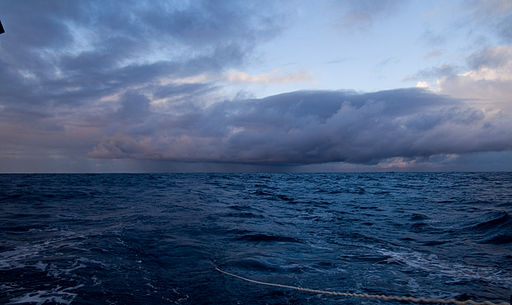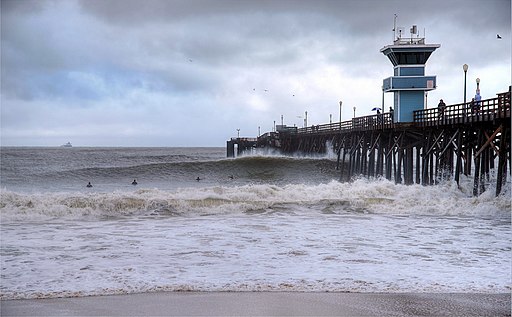How California fishing families rallied in the storm
Posted
Last Updated
Day 1: Jan. 9, 2023
“And the rain descended, and the floods came, and the winds blew….”
My husband Chris Dabney and I hunker down in Ojai, California, a little mountain valley 14 miles from the Ventura coast and 23 miles from Channel Islands Harbor, Chris’s home port. I’ve only seen storms like this during hurricane season in the South, our home in the off-season. “Deluge” is the word for it. We pull up the blinds and trade the TV for rain.

It got me thinking how rainstorms in the South aren’t feared like out West. The sub-tropical East Coast is “Lowcountry,” sea level flat, and easy to fill with the tides. In California, deep-sloping mountains meet the sea, and in many places, the two are separated by a thin stretch of road called the Pacific Coast Highway that merges with Highway 101.
The section from Ventura to Santa Barbara currently bottlenecks into one working lane, with exits leading to surf breaks, private communities, vista views, and nothing else. Basically, there are few back roads to get around because the Santa Ynez Mountains are in the way.
It can be hard to grasp that Southern California, an agricultural pylon for the United States, is actually dry as a bone. We’re talking desert vibes. Where velvet green moss grows in the Pacific Northwest, sagebrush, succulents, and more drought-resistant plants cover our hillsides. In other words, the ground ain’t used to rain, can’t keep up when it pours, and when it hits the mountains, the earth goes with it.
Mudslides in the Golden State mean boulders, Jurassic Park-looking rocks that bring down towering eucalyptus trees and pave paths like snow plows.
Read more at nationalfisherman.com

